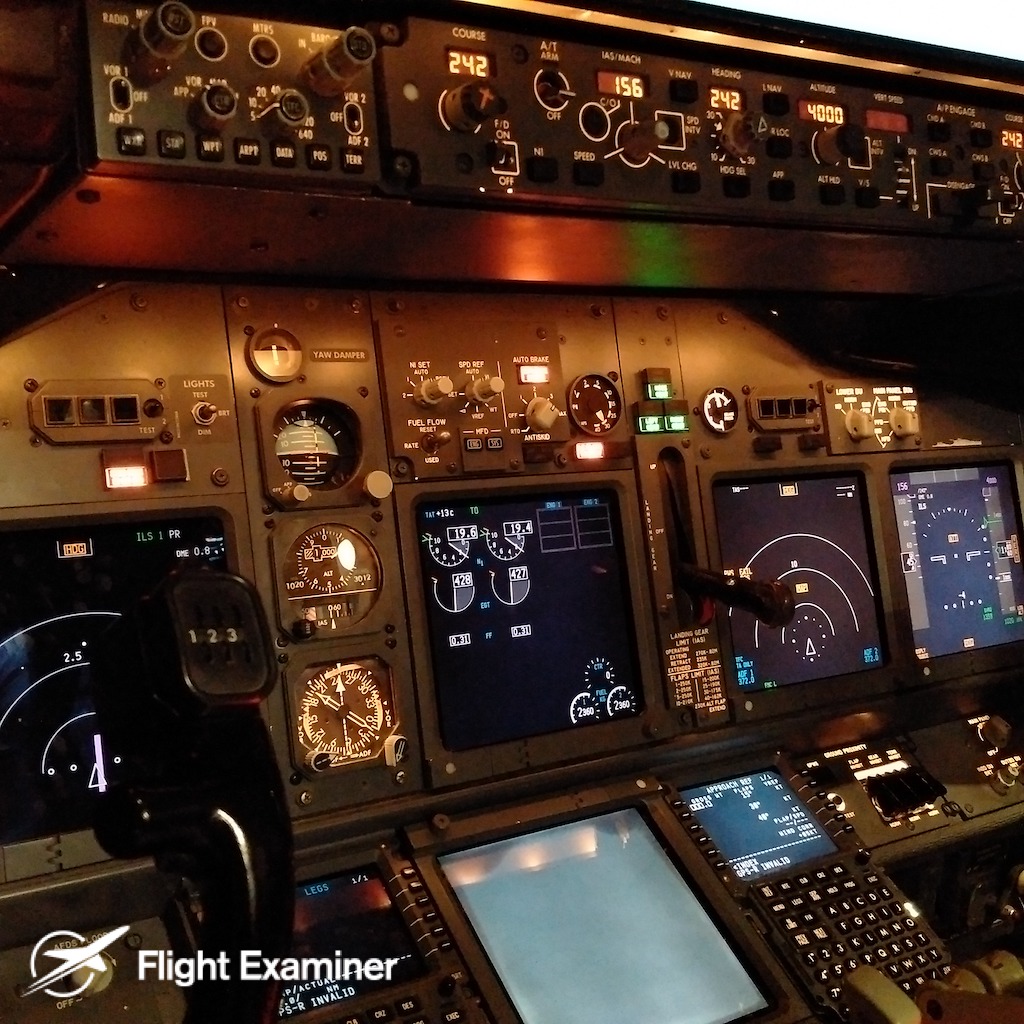Operator proficiency check Boeing 737
The pilot flying commercially on Boeing 737 shall complete recurrent training and checking with EASA Examiner relevant to the Boeing 737 type and variant (e.g. B737NG) on which they operate as required by ORO.FC.230(a). Each flight crew member shall complete operator proficiency checks as part of the normal crew complement to demonstrate competence in carrying out normal, abnormal and emergency procedures related to the specific variant of Boeing 737.
These procedures are subject to approval by the supervisory authority and described in the Operations manual. So the procedures applicable for the same variant of Boeing 737 may vary significantly from operator to operator. The differences may be in the overall philosophy, checklist concept or even in the order or logic of the operational procedures. For that reason, the operator proficiency check has to be operator-related. So the OPC from one operator can not be used for the OPC for another operator of the same variant of Boeing 737.
Validity of OPC Boeing 737
In accordance with ORO.FC.220(d)(1) the flight crew member shall complete the operator proficiency check and the emergency and safety equipment training and checking before commencing line flying under supervision (LIFUS) on Boeing 737. Thus the operator proficiency check shall be undertaken before commencing commercial air transport operations.
The validity period of the operator proficiency check is six calendar months in accordance with Ec 965/2012, Part ORO, ORO.FC.230(b)(3).
Scope of the Boeing 737 OPC
The scope of the operator proficiency check on Boeing 737 is described in v AMC1 ORO.FC.230(b)(1)(i). Scope of the OPC shall be described in the Operation Manual, Part D and approved by an National Aviation Authority. Operator proficiency checks should include the following manoeuvres as pilot flying:
- rejected take-off when an FSTD is available to represent that specific aeroplane, otherwise touch drills only;
- take-off with engine failure between V 1 and V 2 (take-off safety speed) or, if carried out in an aeroplane, at a safe speed above V2 ;
- 3D approach operation to minima with, one-engine-inoperative;
- 2D approach operation to minima;
- at least one of the 3D or 2D approach operations should be an RNP APCH or RNP AR APCH operation;
- Head-Up Display use (if applicable)
- approaches CATII and CATIII (if applicable)
- either seat qualification (if applicable)
- missed approach on instruments from minima with one-engine-inoperative;
- landing with one-engine-inoperative.
Simulator or a real Boeing?
The purpose of the operator proficiency check is to practice abnormal/emergency procedures that rarely arise in normal operations and should be part of a structured programme of recurrent checking. This should be carried out in an FSTD whenever possible.
Because of the unacceptable risk when simulating emergencies such as engine failure, icing problems, certain types of engine(s) (e.g. during continued take-off or go-around, total hydraulic failure), or because of environmental considerations associated with some emergencies - as required by AMC1 ORO.FC.230(b)(1)(i) these emergencies should preferably be covered in an FSTD representing the Boeing 737. Since the simulator of all Boeing 737 generation is available, the simulator must be used for the operator proficiency check.
OPC can only be done by B737 Examiner
In accordance with AMC1 ORO.FC.230(d)(5)(i) the operator proficiency check shall only be done by an EASA TRE Boeing 737 or SFE Boeing 737. TRE B737 300 - 900 and SFE B737 shall be trained in CRM concepts and the assessment of CRM skills.



 Operator proficiency check ✅ for any variant of Boeing 737 and its generations Boeing 737NG a Boeing 737 Classic.
Operator proficiency check ✅ for any variant of Boeing 737 and its generations Boeing 737NG a Boeing 737 Classic.